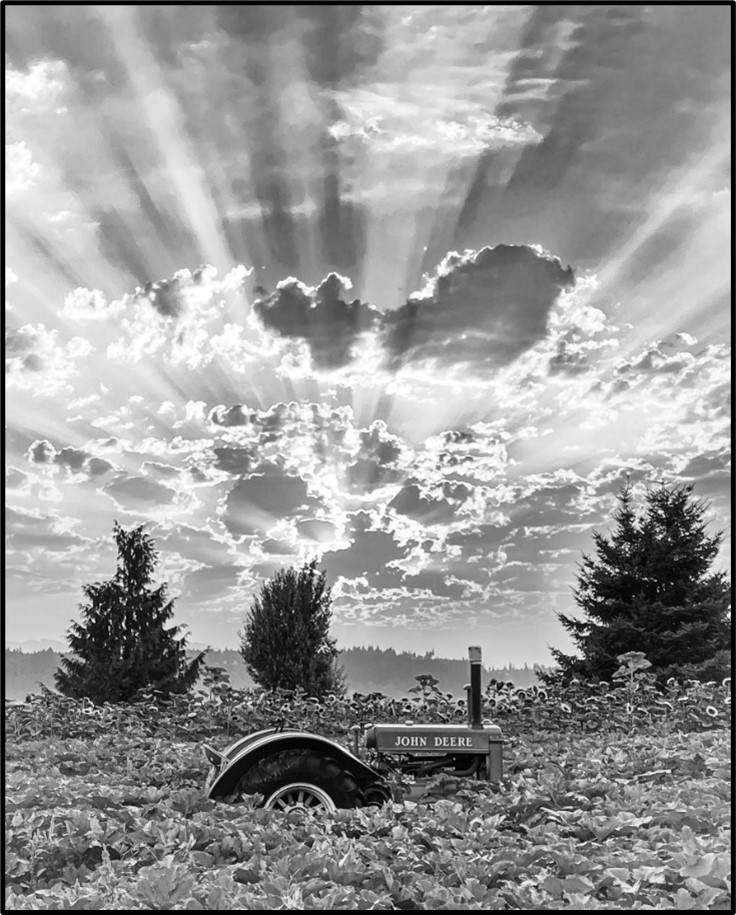Those hot August nights came in June and July. If you are a gardener or have flower beds, your plants are a little stressed. And/or you have had a second job watering around the clock. Pay attention to your soil moisture, cooler days do not necessarily lead to no watering, but less watering.
Managing soil moisture is one of the hardest parts of farming. There are so many factors to consider. When to water, how to water, what stage the plant is in; seedling, young, mature, near harvest. Some plants do not like overhead irrigation, others love it. Some plants like a little water and others love to be wetter.
This time of year, watering the salad crops pays dividends. They really benefit from more water than less. Tomatoes on the other hand, love to have their roots watered via a soaker hose or drip irrigation. A disease called “blight” can impact the nightshade crops and is often activated by overhead irrigation, which is why so many growers opt to grow tomatoes indoors. Outdoor or indoor tomatoes both have their challenges, but either way, watering the roots is the preferred method.
Since we are talking tomatoes, if your plants look anything like mine, they have a ton of green fruit and a few colored ones coming. Oh my, we are going to have a lot of tomatoes soon. Note to self, grow 500 plants next year instead of 1000! This year is a little tricky to manage the tomato crops, sunburn has been harder than normal. We usually combat this by leaving more foliage, but when you leave more foliage, you also produce more fruit. And more fruit means smaller tomatoes, but at least the sunburn is limited. However, harvest is delayed, and you must fertilize them more heavily and more often because the plants are bigger and full of more fruit. But it takes labor to thin 1000 tomato plants, and labor has been in short supply this year.
Who would have thought that you must spend so much time thinking about growing tomatoes? However, the original point I was going to make is that at some point soon, it will be important to water the tomatoes less and also pick off any new blossoms that will not ripen before it turns cold.
Tomato plants are trying to produce as much fruit and seeds as possible so that their progeny can grow next year. As a farmer, I need them to produce fruit and then ripen it. Here lies the challenge. I need to decide when to introduce stress and send the plant a signal to focus on ripening the fruit on the vine and spend less time growing more leaves to produce more fruit.
If this were after Labor Day, I would encourage all of you to cut back on watering and pick off some blossoms, but this year is anything but normal.
What am I going to do? I am going to water less and encourage the plants to focus on ripening the tomatoes that have set fruit.
Never a dull moment around here,
–Tristan, Joelle, and Box of Good Crew

